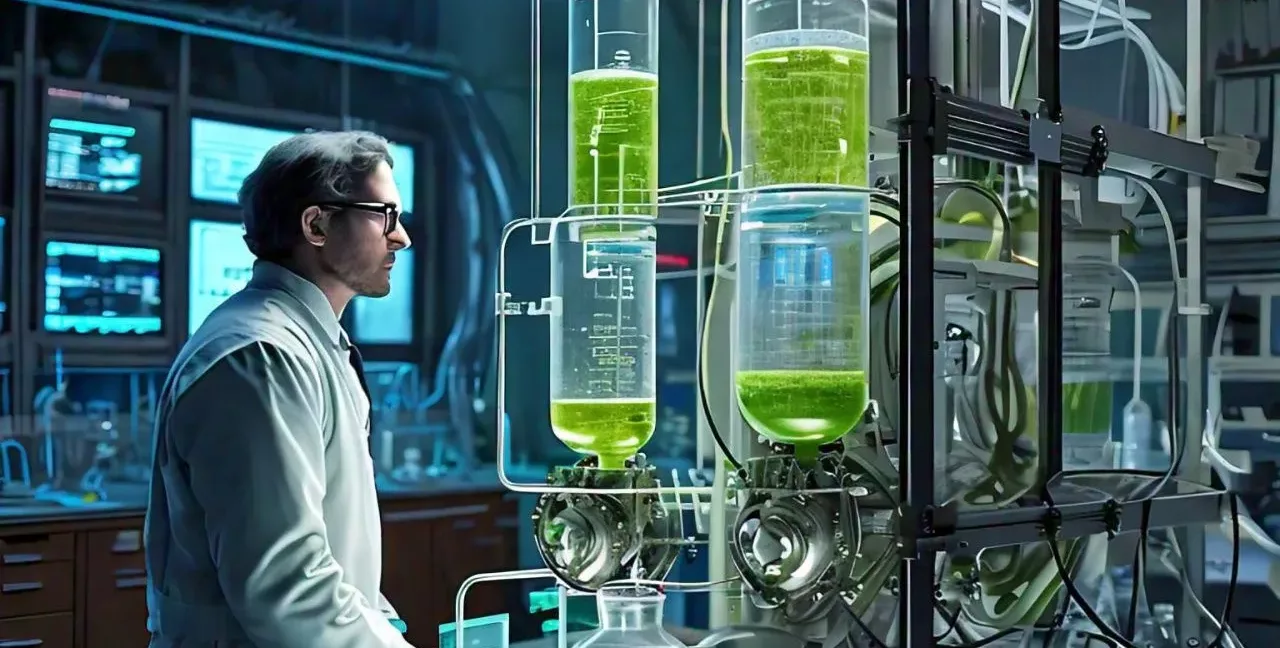How Artificial Photosynthesis Binds the World Together towards Sustainable Future Developments
Scientists are finding innovative ways to lower carbon emissions and reuse CO₂. Some of the pioneering technologies that are effectively mimicking natural processes will produce valuable chemicals. Recently, a group at the University of Michigan invented an artificial photosynthesis system with unprecedented efficiency in converting carbon dioxide to ethylene. This is considered an important step toward sustainable fuel production and environmentally friendly plastic manufacturing.
Capturing CO₂ for a Greener Future
Carbon atoms must be assembled into useful hydrocarbons such as ethylene, if it is to be of use. That is a crucial component in plastics and other chemical products. Artificial photosynthesis allows scientists to capture carbon dioxide from the atmosphere that otherwise would rise into the air and create valuable products that fall under greenhouse gas reduction.
The new system developed at the University of Michigan shows record-breaking performance, dwarfing all other artificial photosynthesis schemes. As Zetian Mi, a professor of electrical and computer engineering at the university, remarks, “the performance, or the activity and stability, is about five to six times better than what is typically reported for solar energy or light-driven carbon dioxide reduction to ethylene.”
Unmatched Performance in Ethylene Production
Ethylene is the most produced organic compound in the whole world today. Traditionally, its production relies on oil and gas under energy-intensive conditions, emitting vast amounts of CO₂. In contrast, new system, developed by the University of Michigan, uses the power of sunlight and water to convert CO2 into ethylene in an enormous reduction of carbon footprint.
The study published in Nature Synthesis gives an explanation of how their system outshines previous generations of artificial photosynthesis systems in yield, efficiency, and longevity. In contrast to earlier processes, this only uses sunlight, so the hot temperature and high pressures associated with the process are not required, making it cleaner and much more sustainable than the older production method.
New Photocatalytic Process: The Science behind the breakthrough
Their success can be attributed to an advanced photocatalytic process and a highly innovative design in the device. The heart of the system basically is a combination of two semiconductors: forest of gallium nitride nanowires and copper clusters that make chemical reactions easier. Each nanowire measures 50 nanometers in width. It lies in water enriched with CO₂. When this semiconductor is illuminated, free electrons break down the molecules of water to provide fuel for the reaction of ethylene. The carbon atoms coordinated from CO₂ by copper clusters are converted to carbon monoxide. Combination with hydrogen produces ethylene. According to the experiment, 61% of free electrons produced due to light participate in this process-an efficiency unmatched by other systems.
Other systems that utilize silver and copper catalysts have achieved comparable efficiencies but last only for a few hours of operation. The device the University of Michigan engineers designed continues to operate at the same efficiency for 116 hours; comparable devices have operated up to 3,000 hours.
Toward a Sustainable Future: Artificial Photosynthesis’s Potential
A breakthrough at the University of Michigan may soon alter the contours of sustainable energy and materials. The current system already produces ethylene four times faster than competitors’ technologies can, but the researchers are aiming higher: in the near future, they’ll try to produce longer chains of hydrocarbons, propanol and liquid fuels that can help power transportation technologies with minimal environmental impact.
“In the future, we want to produce some other multicarbon compounds such as propanol with three carbons or liquid products,” says Bingxing Zhang, an assistant research scientist and lead author of the paper. Those liquid fuels will be able to utilize existing engines and fuel infrastructures, making a smoother transition toward sustainable energy sources.
Laying the Cornerstones of Sustainable Fuel and Plastics Production
The device was fabricated at the Lurie Nanofabrication Facility and characterized at the Michigan Center for Materials Characterization, among the university’s top research facilities. The team has applied for patent protection with help from U-M Innovation Partnerships and is working to obtain a license for the technology, which will be licensed to NX Fuels, a start-up cofounded by Mi.
This method promises to be a major stride for the scientific community and the business sector. The artificial photosynthesis system could be a big help in diminishing the industries’ reliance on fossil fuels, as well as decreasing carbon emissions in the process.
Through the use of this technology by turning CO₂ into ethylene, which is then used for plastic production, the whole way of producing plastics would be revolutionized, making the entire process far much greener and environment-friendly .
Conclusion: Major Step Towards Carbon Neutral Technologies
The artificial photosynthesis breakthrough at the University of Michigan demonstrates the immense potential of using sunlight to transform CO₂ into valuable products like ethylene. Further, by reducing carbon emissions, it now offers a sustainable alternative to the traditional methods used in the production of plastics as well as fuels. The future of sustainable energy, therefore, looks brighter than ever, with more and more hydrocarbons being produced through this method as the research continues.
For More Updates: Tech News


